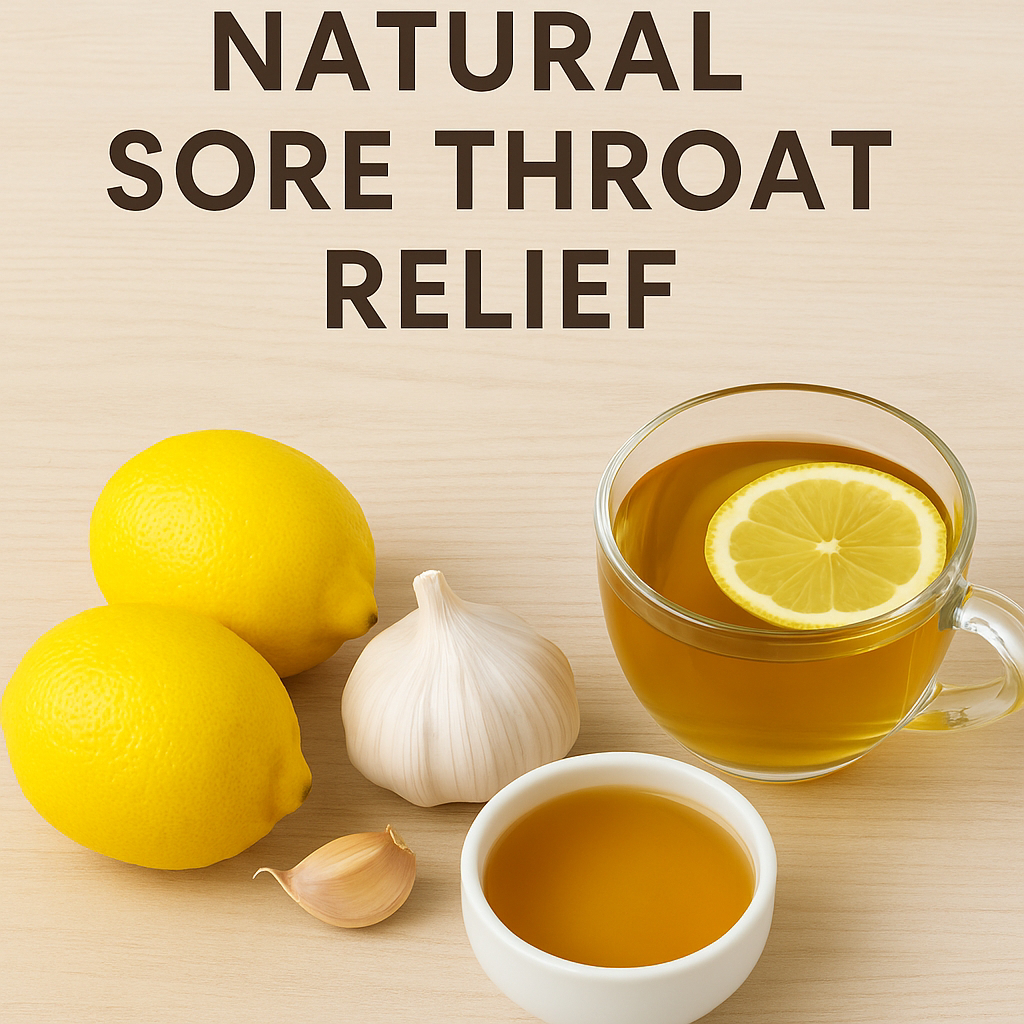When you’re on the move, whether it’s in the field or just trying to keep up with a busy day, raw almonds can be one of the most convenient, nutrient-dense foods you can reach for. I’ve found this especially true while on operations, where they’re a staple part of our rations.
But it turns out, there’s more to this simple snack than just being easy to carry. Here’s why raw almonds are worth keeping in your diet—and why you might want to take the extra step of soaking them.
Nutritional Powerhouse
Almonds are packed with healthy fats, protein, and fiber, making them a great way to fuel your body over the long haul. Just a handful can provide:
Healthy monounsaturated fats that support heart health and brain function.
About 6 grams of plant-based protein to keep your muscles fueled and strong.
A good dose of fiber, which can help keep your digestion in check even when your routine is anything but.
High levels of vitamin E, an antioxidant that supports your immune system and skin health.
Essential minerals like magnesium, which can help reduce muscle cramps and support nerve function.
Why Soak Almonds?
Soaking almonds in water overnight might seem like an extra step, but it has some surprising benefits:
Easier to Digest – Soaking softens the tough outer skin, making the almonds easier on your digestive system.
Improved Nutrient Absorption – It helps break down phytic acid, a natural substance in nuts that can reduce the absorption of important minerals like iron, zinc, and calcium.
Better Flavor and Texture – Soaked almonds are a bit milder and creamier, which some people find more enjoyable to eat.
Enzyme Activation – The soaking process can activate some of the almonds’ natural enzymes, potentially improving your body’s ability to digest and utilize their nutrients.
Simple Field Prep
If you’re in a situation where fresh produce is hard to come by, soaked almonds can be a small but meaningful upgrade to your diet. Just toss a handful in water overnight, and they’ll be ready to snack on the next day. In a pinch, even a few hours of soaking can make a difference.
The Bottom Line
Whether you’re fueling up for a long day or just looking for a simple, healthy snack, raw almonds offer a lot of benefits in a small, portable package. And if you have the time, a quick soak can unlock even more of their nutritional potential. Give it a try the next time you’re packing your rations or just looking for a smart, whole-food snack.
